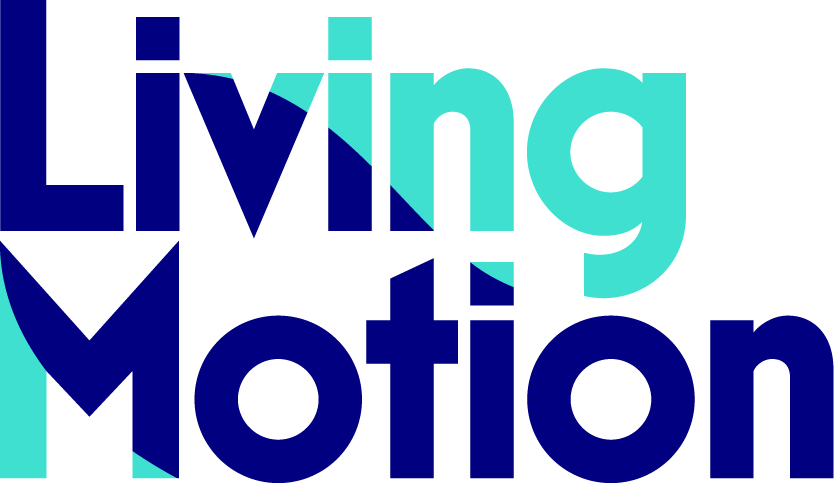There Is No “Right” Solution: What Serious Gaming really delivers (and what it doesn’t)
In a world addicted to quick fixes, we often expect Serious Games to reveal the “right” answer.
But their real power lies elsewhere: in making the hidden dynamics of a system visible and giving teams the capacity to change together.
The myth of the “winning” solution
Before, or during a Serious Game session, someone always asks:
“If we play the game well, will we discover the answer to our problem?”
This question still surprises me. It shows just how deep the “right answer” story runs in our culture. We’re trained by school exams, expert reports, management books, and the constant promise of “5 simple steps to success.” No wonder we keep looking for a method, a model, or a tool that will deliver a universal fix.
But in my work, the best answers are rarely handed out. They’re grown, together.
Why the “quick fix” is so tempting (and so misleading)
We live in a world of shortcuts:
“5 steps to change your life”
“Just follow these simple rules”
“Unlock the secret in one easy method”
It’s an appealing dream: Quick, painless, and guaranteed to work for everyone.
But if you’ve ever actually tried applying one of these “simple” methods to a real, living problem, you know:
Real change is never easy
Context always matters
Even “easy” questions can be incredibly hard to answer when it’s your turn
What Serious Gaming really reveals
The power of a Serious Game isn’t in finding the answer.
It’s in seeing the full web of action, reaction, emotion, and decision in motion together.
In a good game session:
You don’t just watch yourself; you watch everyone
You see the cause-and-effect, the feedback loops, the spaghetti of “she said this, so I did that, so the group responded like this”
You notice patterns you can’t see in your day-to-day routine
The value is not in winning, it’s in making your system visible.
How the process works: act, reflect, adapt, repeat
After each round:
The group pauses
Observations are written, emotions named, stories shared
You might use a model (like Insights Discovery or a leadership values framework) not as a “solution,” but as a lens to spot dynamics
The team makes a new plan and tries it out
This cycle is what matters:
Act → Reflect → Adapt → Act again
Each new round brings new learning, not just about the problem, but about yourselves and each other.
Why there can never be one “right” answer
Every group is different
Every moment brings new dynamics
What works today, with these people, may not work tomorrow, or even next week
The “solution” is always:
Local (for this team, in this situation)
Alive (it changes as you do)
Co-created (made by you, not for you)
What teams actually take away
The magic of Serious Gaming isn’t a prize at the end. It’s the boost that comes when people realize:
We found a way through together.
No one handed it to us, we made it ourselves.
This isn’t just a learning effect. It’s a confidence effect:
If you did it once, you can do it again.
If you changed your system together, you can face the next challenge with more trust, more agency, more collective strength.
Closing: From seeking answers to building capacity
So if you’re hoping a Serious Game will spit out the one right answer, you might be disappointed.
But if you’re open to seeing your challenge as a living, moving, human system, and building the muscles to work with it, you’ll leave with something far more valuable:
Not the answer, but the ability to find your next one, together.
Did something in this exploration resonate with your own context?
I’d be glad to explore together what this might look like in your team or organization.
